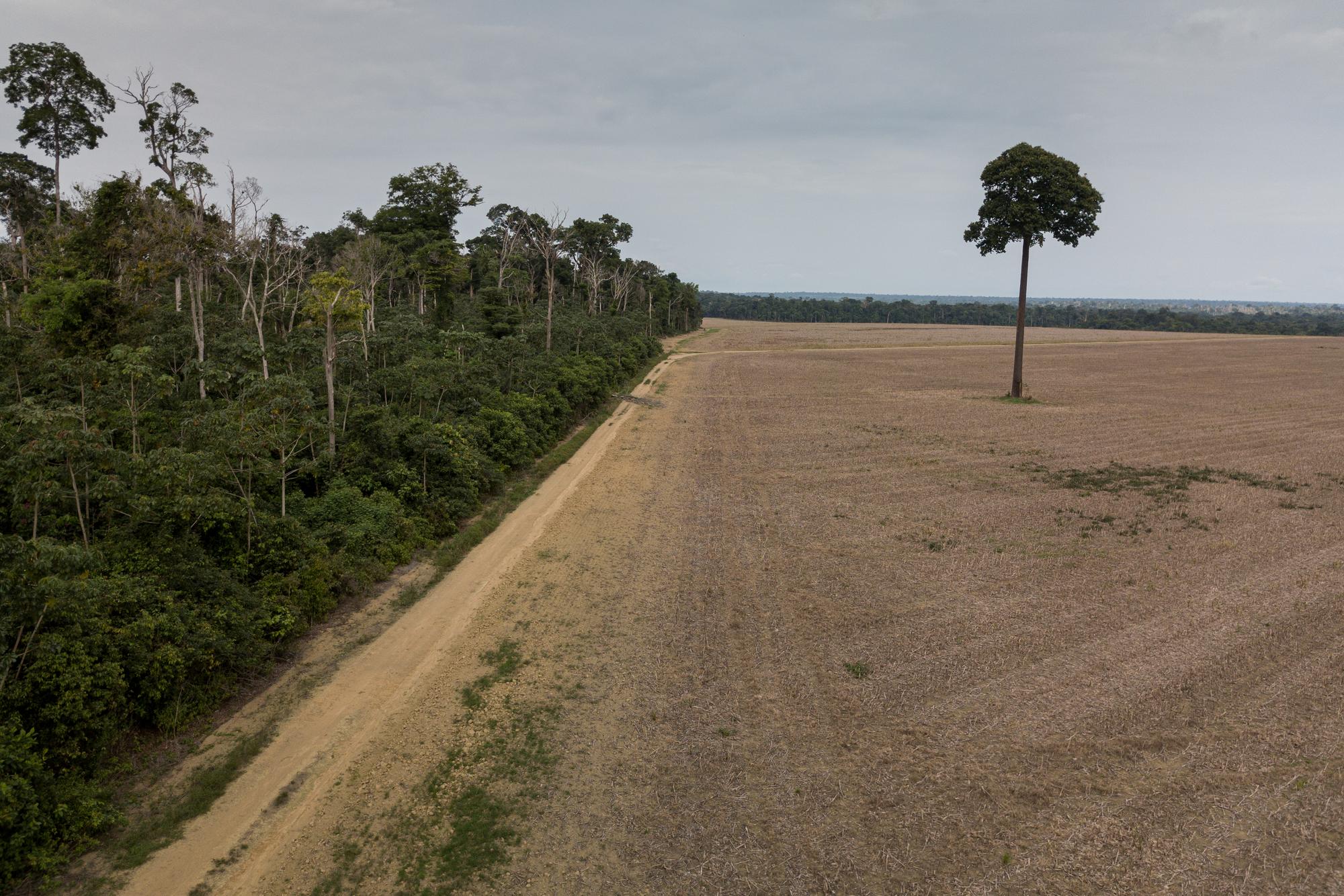Editor's note: News about conservation and the environment is made every day, but some of it can fly under the radar. In a recurring feature, Conservation News shares a recent news story that you should know about.
The Amazon is the ecological jewel of the world, home to nearly 400 billion trees and 10,000 species at risk of extinction. It’s also the world’s largest terrestrial carbon sink, absorbing and storing vast quantities of planet-warming emissions via photosynthesis.
But, as Bob Berwyn and Katie Surma write for Inside Climate News, those climate benefits are not uniformly distributed. Researchers at the World Resources Institute recently assessed how much carbon was absorbed or emitted across Amazonia between 2001 and 2021. Their report found that areas stewarded by Indigenous peoples and local communities stored away 340 million metric tons of carbon annually. (This is equivalent to the annual carbon footprint of the entire United Kingdom.) However, the rest of the region — managed largely by governments and private owners — has become a net source of greenhouse gas emissions, releasing 270 million tons into the atmosphere each year largely due to forest loss.
The reason for the discrepancy, authors believe, is that Indigenous peoples and local communities are far better at protecting land from deforestation and degradation. In recent decades, amid rising global demand for commodities, one-fifth of the Amazon has been set ablaze (or otherwise clear-cut) for agriculture, ranching, mining and oil extraction. This has accelerated climate change; it has also pushed the region dangerously close to a “tipping point” — a self-perpetuating cycle of environmental collapse in which the rainforest would rapidly deteriorate into savanna.
According to the WRI study, strengthening Indigenous land rights is key to protecting vital carbon sinks. The authors note that “[f]or Indigenous people and other communities, their land is a primary source of food, medicine, fuelwood and construction materials, as well as employment, income, welfare, security, culture and spirituality.” That interdependence, plus thousands of years of practical experience, puts these communities in a unique position to lead.
Land tenure, however, remains an obstacle to effective management.
In Brazil, for example, former president Jair Bolsonaro halted official recognition of Indigenous land; his administration also dismantled the government agency responsible for enforcing Indigenous rights. Over that same period, heavy industry in the Amazon accelerated, claiming an area of forest larger than Belgium. Newly inaugurated President Lula has pledged to reverse this trend by prioritizing forest protection and restoration, and expanding Indigenous land tenure.
Increasingly, world leaders are acknowledging that land management is a crucial piece of the climate puzzle. Even if fossil fuels were eliminated overnight, global temperatures would continue to rise. The reason: Plants and soils store twice the carbon contained in all known fossil fuel reserves — and temperatures will not stabilize unless those sinks are protected.
Recently, Conservation International and the Potsdam Institute for Climate Impact Research (PIK) released the Exponential Roadmap for Natural Climate Solutions, a comprehensive blueprint for harnessing the full power of Earth’s grasslands, wetlands, forests — and, crucially, its working lands — to pull carbon out of the atmosphere. The study’s authors propose a path to achieving net zero emissions from nature by 2030 — and then, by 2050, ensuring human-managed lands absorb 10 additional gigatons of carbon each year.
Notably, the plan does not call for experimental techniques, such as cloud seeding, ocean fertilization or other unproven forms of geoengineering. Rather, all actions revolve around protecting ecosystems that store massive amounts of carbon, like mangroves, peatlands and rainforests; restoring degraded ecosystems; and, most importantly, transitioning to sustainable management of farms and other working lands. Many of the conservation measures prescribed in the report originate from centuries-old Indigenous practices, making them relatively low-cost and easily scalable.
“The measures proposed in this report are not only good for climate mitigation, they also build climate resilience, protect wildlife, promote human health, create rural jobs and grow local economies,” said Conservation International CEO M. Sanjayan. “That sort of return-on-investment is virtually unprecedented, yet crucial if we are to achieve our broader global goals on biodiversity, climate, and sustainable development.”
Read the full article here.
Further reading:
Matthew Ribel is the executive writer at Conservation International. Want to read more stories like this? Sign up for email updates. Also, please consider supporting our critical work.
